In the evolving landscape of presentation and collaboration technology, businesses face a crucial decision between interactive flat panels and traditional projector systems. Understanding the strengths and limitations of each option helps make an informed decision that aligns with your organization’s needs and objectives.
Core Technology Comparison
Interactive Flat Panels
Modern best interactive flat panels offer:
- Built-in computing power
- Direct touch interaction
- High brightness displays
- Integrated audio systems
Projector Systems
Traditional projectors provide:
- Flexible screen sizes
- Lower initial cost
- Familiar technology
- Simple installation
Investment Considerations
Initial Costs
Compare the investment:
- Panel purchase price
- Installation expenses
- Infrastructure requirements
- Additional equipment
Long-term Value
Consider these factors for affordable interactive flat panels:
- Maintenance costs
- Energy consumption
- Replacement parts
- Operational lifespan
Performance Factors
Visual Quality
Panel advantages:
- Consistent brightness
- Better contrast
- Sharper image
- Color accuracy
Environmental Impact
Consider:
- Ambient light handling
- Space requirements
- Viewing angles
- Installation flexibility
User Experience
Interaction Quality
Panel benefits:
- Direct touch response
- Multi-user capability
- Precise input
- Natural writing feel
Ease of Use
Compare:
- Start-up time
- Calibration needs
- Maintenance requirements
- User learning curve
Space Utilization
Room Requirements
Consider:
- Available wall space
- Viewing distance
- Room layout
- Ceiling height
Installation Flexibility
Evaluate:
- Mounting options
- Mobility needs
- Space constraints
- Future modifications
Maintenance Requirements
Regular Upkeep
Panel maintenance:
- Screen cleaning
- Software updates
- Component checks
- Performance monitoring
Long-term Care
Consider:
- Replacement cycles
- Part availability
- Service costs
- Support needs
Technology Integration
Connectivity Options
Look for:
- Wireless capabilities
- Device compatibility
- Network integration
- Software support
Future-Proofing
Consider:
- Upgrade potential
- Technology evolution
- Integration capabilities
- Feature expansion
Specific Use Cases
Educational Settings
Consider:
- Interactive lessons
- Student engagement
- Content creation
- Collaborative work
Business Applications
Evaluate:
- Presentations
- Video conferences
- Team collaboration
- Client meetings
Energy Efficiency
Power Consumption
Compare:
- Operating costs
- Standby power
- Peak usage
- Energy efficiency
Environmental Impact
Consider:
- Carbon footprint
- Heat generation
- Resource usage
- Disposal impact
Content Compatibility
File Format Support
Evaluate:
- Common formats
- Legacy content
- Creation tools
- Sharing options
Content Management
Consider:
- Storage options
- Access control
- Update process
- Backup systems
Decision Framework
Assessment Criteria
Evaluate:
- Budget allocation
- Space constraints
- Usage patterns
- User preferences
ROI Considerations
Calculate:
- Initial investment
- Operating costs
- Expected lifespan
- Productivity gains
Conclusion
While both interactive flat panels and projectors have their place in modern business environments, the trend increasingly favors interactive flat panels for their reliability, superior performance, and comprehensive feature set. The higher initial investment in best interactive flat panels often proves worthwhile through reduced maintenance costs, better user experience, and longer operational life.
Consider your specific needs, budget constraints, and long-term objectives when making this decision. For many organizations, the advanced capabilities and reliability of interactive flat panels make them the more cost-effective and practical choice in the long run.


